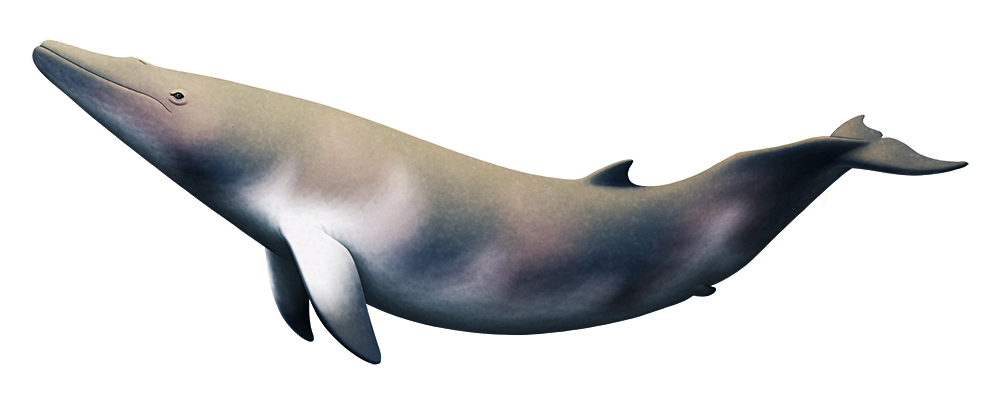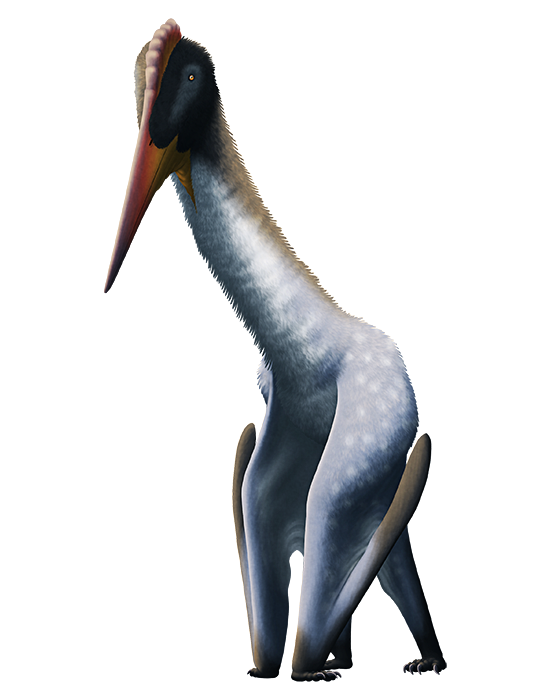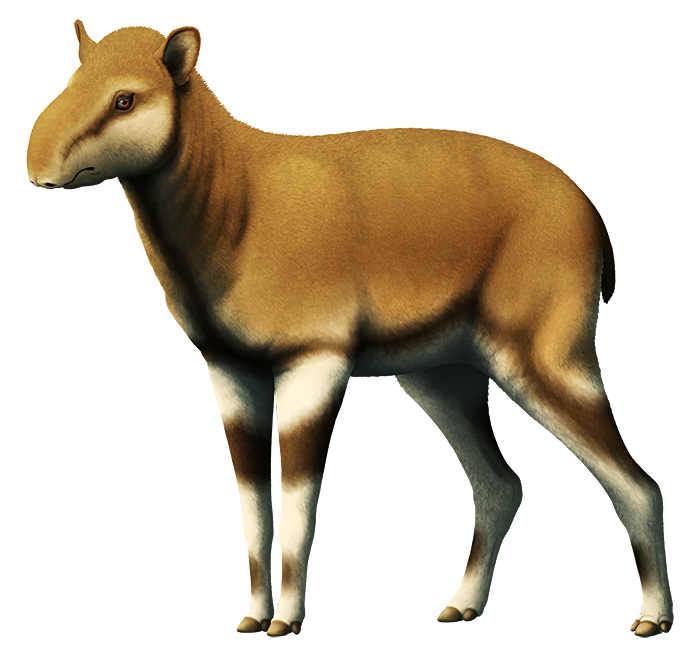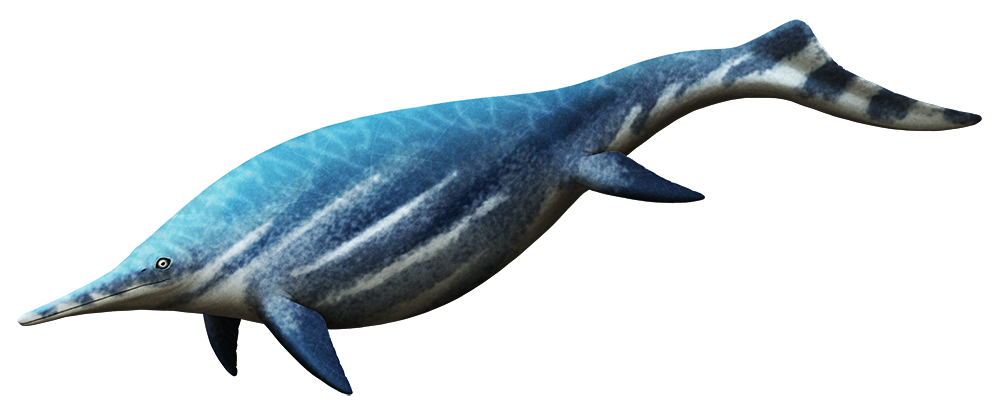The earliest baleen whales didn’t actually have any baleen plates in their mouths, and the evolutionary origin of these unique filter-feeding structures is still poorly understood.
It was thought to have been a fairly simple linear process from toothed ancestors to a mix of teeth and baleen and then to fully toothless with just baleen, but more recent discoveries have begun to cast doubt on that idea. The teeth of ancestral baleen whales weren’t suited to filter-feeding at all, instead still being adapted for predatory piercing and chewing – actions which would have been constantly interfering with and damaging any proto-baleen forming alongside them, and making it seem much more unlikely that there would have ever been a transitional form that had both teeth and baleen at the same time.
But then how did baleen whales get their baleen?
Maiabalaena nesbittae here provides a possible solution. Discovered in Oregon, USA, this early baleen whale dates to the early Oligocene, around 33 million years ago, and compared to most of its modern relatives it was comparatively tiny, only about 4.6m long (15′).
And it had no teeth at all, but possibly also no baleen.
Baleen rarely fossilizes, so it’s unclear whether Maiabalaena actually had any or not, but the shape of its skull suggests it probably didn’t – it lacked the broad thickened upper jaw associated with supporting racks of baleen plates. It instead seems to have been adapted for suction feeding similar to modern belugas and beaked whales, using muscular cheeks and tongue to manipulate water pressure and pull small prey like fish and squid straight into its mouth.
Since it lived at a time when the Antarctic Circumpolar Current was forming and cooling the oceans, changing ecosystems and prey availability, it may represent a previously unknown stage in baleen whale evolution – a point when they’d moved towards specializing for suction feeding and lost their teeth entirely, before transitioning again over to filter-feeding with baleen in a completely separate evolutionary development a few million years later.





